Have you ever paused mid-conversation or while scrolling through photos and thought, “What feeling is the pretty?” It’s an oddly poetic question, yet it touches something universal — the way beauty stirs emotion, evokes memories, and even changes how we see the world. Beauty isn’t just visual; it’s emotional, psychological, and deeply human. This article unpacks the mystery behind what feeling is the pretty, how it works in your mind, and why it’s far more than skin-deep.
Understanding What Feeling Is the Pretty: Beyond the Surface
When people describe something as pretty, they often refer to symmetry, color, proportion, or grace. However, what we call pretty is really an emotional response — a blend of admiration, peace, joy, and attraction.
Think about this: when you see a sunset or a child’s laughter, you might feel warmth or calm. That’s not just perception; it’s emotion intertwined with aesthetics. Researchers from the University of London found that when people view something they consider beautiful, the brain’s orbitofrontal cortex — the area linked to pleasure and reward — lights up.
In short, the pretty feeling isn’t about the object itself. It’s about how that object connects with your memories, desires, and emotional wiring.
The Psychology Behind the Feeling of Pretty
1. Emotional Resonance
Beauty triggers emotional resonance — the sense that something “speaks” to you. This resonance often involves:
- Nostalgia: Pretty things remind you of moments you’ve loved.
- Peace: They provide calm and escape from chaos.
- Joy: They lift your spirit without reason.
- Awe: They make you feel small in a vast, beautiful world.
For instance, a flower might remind you of your grandmother’s garden, or a song might echo a summer memory. These emotional connections make beauty powerful.
2. Cognitive Processing
The human brain loves patterns. According to Gestalt psychology, we naturally seek order and symmetry. That’s why balanced faces, harmonious designs, or neatly organized visuals often appear prettier.
Our minds interpret pretty as something that feels right — ordered, familiar, and emotionally safe. That’s also why we find nature soothing. Trees, waves, and clouds all carry mathematical symmetry known as the Golden Ratio, a pattern that our brains instinctively enjoy.
3. The Reward System
When you see something pretty, your brain releases dopamine, the “feel-good” chemical. This reward response is similar to what happens when you eat your favorite dessert or listen to your favorite song. It’s pleasure wrapped in perception.
Cultural Influence on What Feels Pretty
Beauty standards vary wildly across cultures, proving that what feeling is the pretty isn’t universal. For example:
| Culture | Traditional Standard of Beauty | Underlying Feeling |
| Japan | Simplicity and natural elegance (wabi-sabi) | Calm, serenity, acceptance |
| India | Bright colors, expressive eyes, ornate design | Joy, energy, celebration |
| France | Effortless chic, minimalism | Confidence, sophistication |
| Africa | Bold patterns, physical strength | Pride, vitality, power |
| Middle East | Symmetry, modesty, glowing skin | Grace, mystery, allure |
Culture shapes the emotional response to beauty. While a Western viewer might find pale pastels “pretty,” another culture might associate vivid hues with beauty and celebration.
What Feeling Is the Pretty in Human Relationships
Pretty isn’t only about faces or fashion; it exists in moments, gestures, and emotions.
- A smile can look prettier than makeup.
- A kind word can outshine appearance.
- Genuine laughter radiates beauty that no camera can capture.
When you think about it, pretty in relationships feels like warmth, understanding, and connection. It’s that moment when someone looks at you and you feel seen.
As the saying goes:
“Beauty is not in the face; beauty is a light in the heart.” – Kahlil Gibran
That’s the emotional essence of what feeling is the pretty — a mix of appreciation, comfort, and admiration tied to authenticity.
Science of Attraction: Why We Feel “Pretty” Feelings
The science of attraction bridges biology and psychology. Here’s what happens behind the scenes:
- Symmetry Triggers Trust
Studies show symmetrical faces and balanced designs signal good health and genetic fitness. Your brain translates that as “safe” and “beautiful.” - Color Psychology Plays a Role
- Blue evokes peace and trust.
- Red sparks passion and excitement.
- Green signals harmony and growth.
These color-emotion links affect what people call pretty.
- The Halo Effect
When someone looks pretty, people unconsciously assume they’re also kind, intelligent, and capable. This bias is deeply rooted in our evolutionary psychology. - Mirror Neurons and Empathy
When you see beauty, your mirror neurons activate — mimicking the joy or calm that beauty represents. That’s why pretty things feel good.
Case Study: The Pretty Feeling in Art and Design
In a 2021 psychological study on visual aesthetics, researchers found that art described as “pretty” produced lower heart rates and higher self-reported calmness. Participants associated prettiness with emotional comfort, not excitement.
Design industries leverage this understanding. For example:
- Apple’s minimalist products evoke peace and sophistication.
- Disney animation uses warm tones to generate nostalgia and joy.
- Interior design trends often combine symmetry and soft hues to create emotional comfort zones.
These fields all understand one truth — prettiness feels like safety, familiarity, and joy combined.
The Spiritual Dimension: Pretty as a Path to Gratitude
Spiritually, the feeling of pretty connects to mindfulness and gratitude. When you stop to admire a sunset or the intricate pattern of a leaf, you’re practicing presence. You’re saying, “This moment matters.”
Religious texts and philosophies across the world echo this sentiment:
- Buddhism teaches beauty in impermanence (the cherry blossom’s brief bloom).
- Christianity speaks of divine beauty in creation.
- Sufism views beauty as a reflection of divine love.
So what feeling is the pretty? It’s a spiritual nudge — a reminder to pause, appreciate, and reconnect with the wonder around you.
The Modern Challenge: Authentic Beauty in a Filtered World
Social media has blurred the line between looking pretty and feeling pretty. The constant stream of filters and perfection pressures many to chase visual beauty instead of emotional authenticity.
However, genuine prettiness has more to do with:
- Confidence over comparison
- Kindness over competition
- Presence over perfection
Remember, the prettiest moments are often unposed — the laughter after a joke, the messy hair after a run, the joy in being real.
How to Experience the Feeling of Pretty Every Day
You don’t have to seek beauty in grand places. Start small. Here’s how to invite more of that feeling into your life:
- Slow down — notice details around you.
- Express gratitude — write down three beautiful things daily.
- Surround yourself with aesthetics — colors, scents, textures that calm you.
- Engage your senses — listen to soothing sounds, feel the breeze, taste something you love.
- Practice kindness — the emotion of beauty grows when shared.
When you cultivate awareness, you realize beauty has always been there — in words, smiles, sunlight, and silence.
The Philosophy of “Pretty” Through the Ages
Philosophers from Plato to Kant debated what makes something beautiful. Plato called beauty “a reflection of divine truth,” while Kant viewed it as “pleasure without interest.”
Their differing views converge on one point: beauty is emotional, not just visual. Pretty things evoke feeling — they connect the soul to the senses.
Even modern thinkers like Alain de Botton emphasize that beauty’s purpose is emotional regulation — helping humans cope with chaos through harmony and calm.
Conclusion: The Feeling Behind the Pretty
So, what feeling is the pretty? It’s the intersection of emotion, memory, and perception — a dance between heart and mind. It’s joy mixed with peace, nostalgia laced with awe, and comfort wrapped in admiration.
When you call something pretty, you’re really saying, “This makes me feel alive, safe, and happy.”
Pretty isn’t vanity. It’s humanity.
“Real beauty begins at the moment you decide to accept your true self.” – Coco Chanel
Appreciate it. Feel it. And most of all, let it remind you that life, in all its imperfections, is beautifully pretty.
Related Topics and LSI Keywords:
- Emotional response to beauty
- The psychology of aesthetics
- Beauty perception and dopamine
- Feeling pretty inside and out
- Mindfulness and beauty
- Cultural perceptions of beauty
- Inner vs. outer beauty
- What makes something beautiful
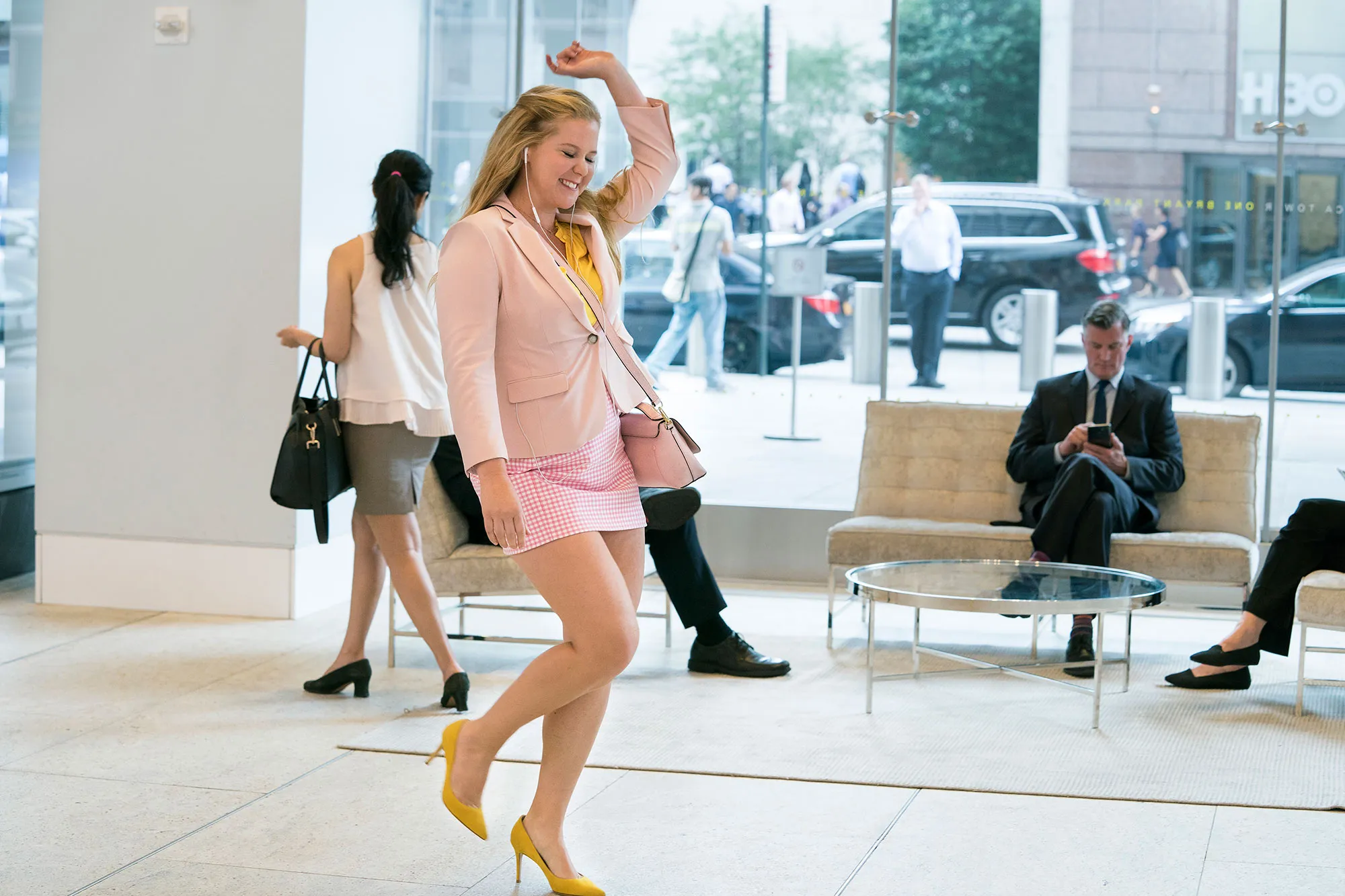




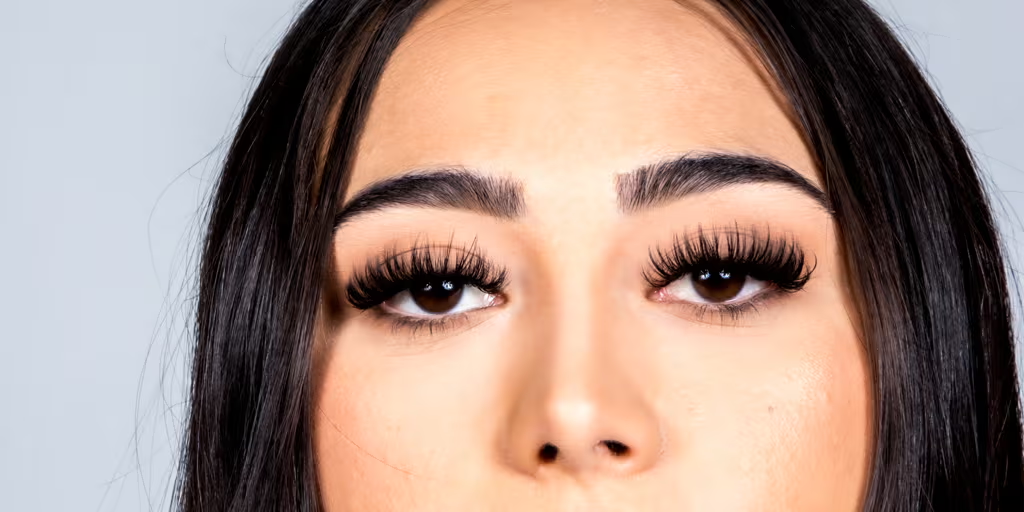
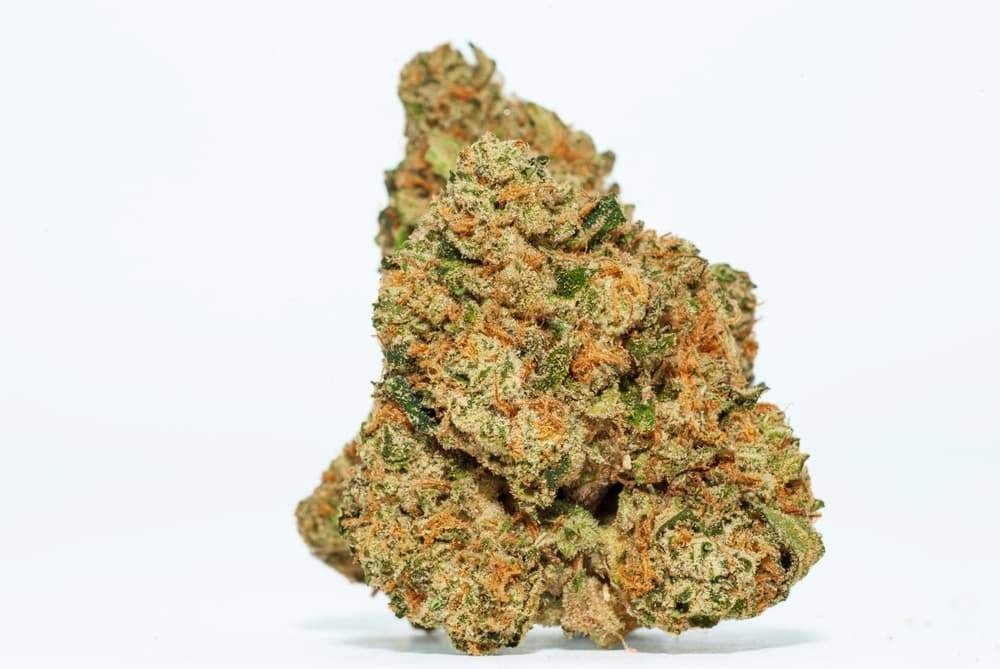
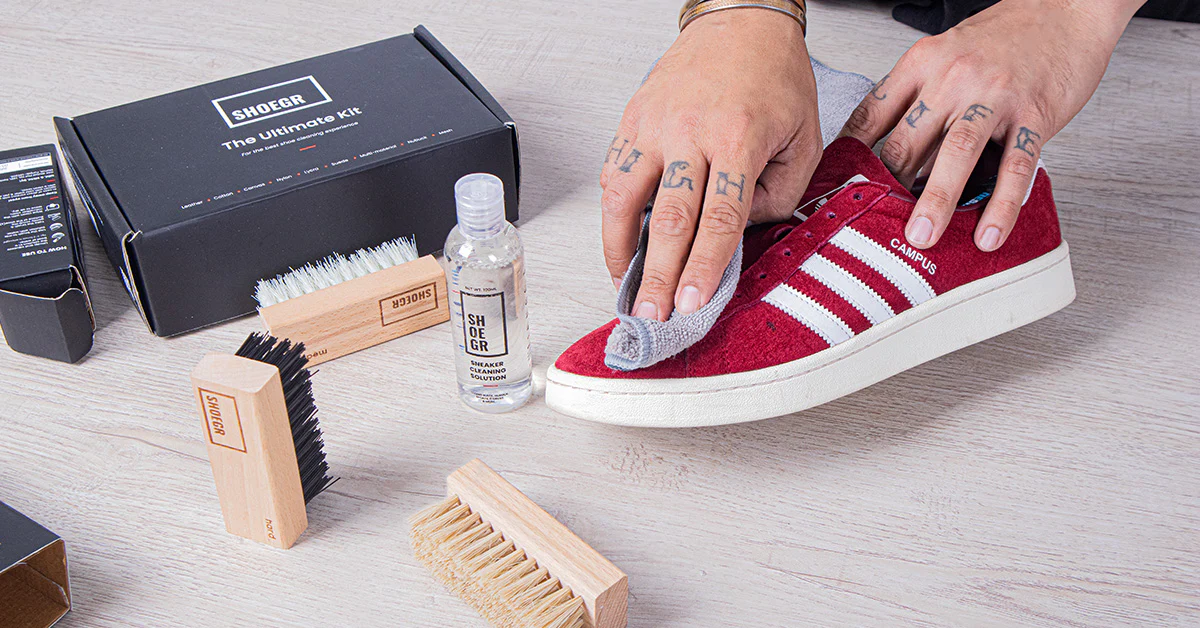


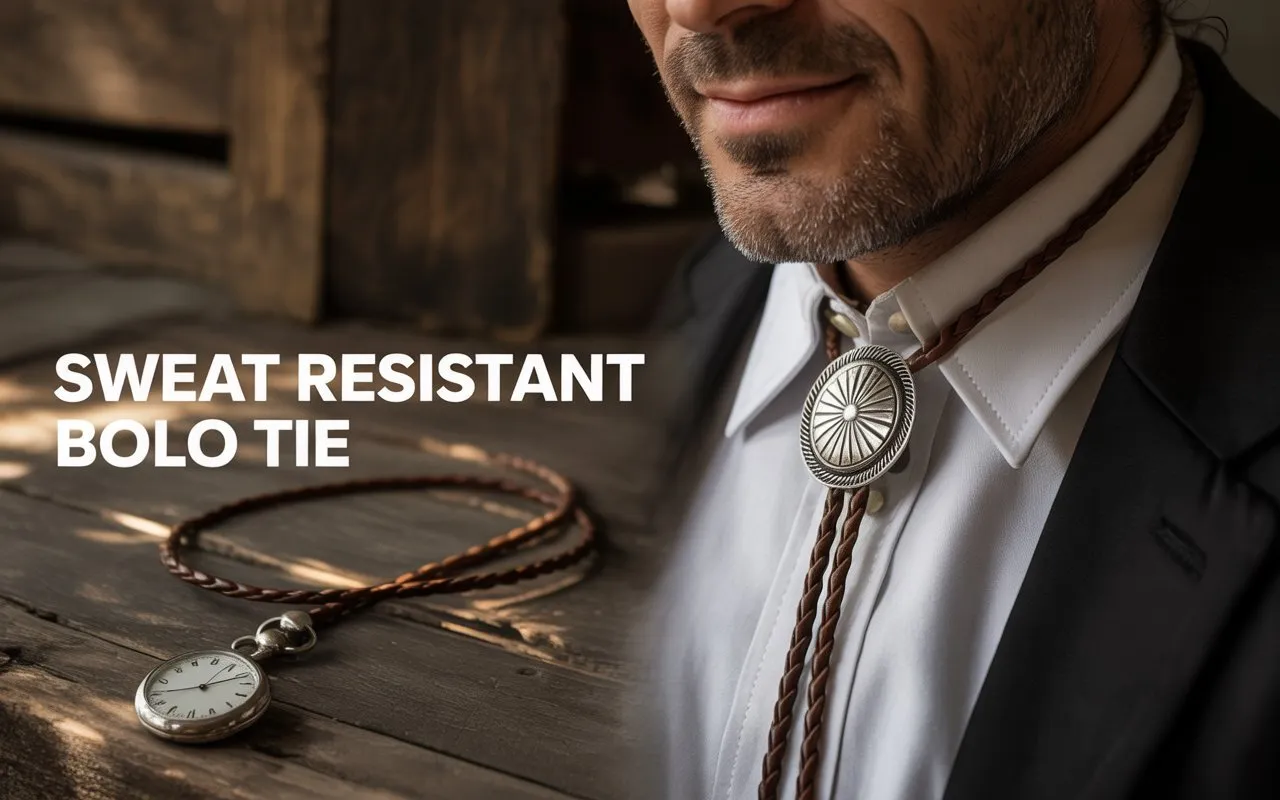


Leave a Reply